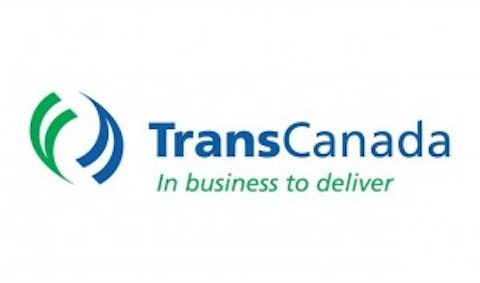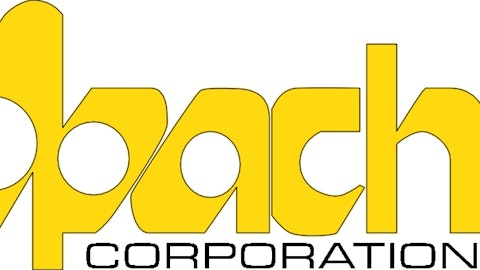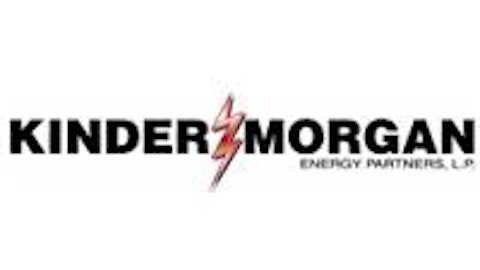
The better half
Keystone XL has an inexplicable ability to polarize people. People with investments in the oil and gas space see it as a large opportunity to reduce oil imports from outside North America. Those against see it as the quintessential example of carbon pollution and a risk to American water sources. Here’s the catch: Keystone XL goes only from Alberta to Cushing, Okla. If the project were to end there, it would only cause further supply problems at one of the busiest crude oil terminals in the United States. Keystone will be successful only if its southern cousin, the Gulf Coast Project, comes online.
The Gulf Coast Project is TransCanada’s pipeline to finish the journey from Cushing to the Gulf Coast refineries. Once this pipeline is online, it will deliver up to 830,000 barrels per day to the Gulf and will allow big-time refiners in the region, such as Phillips 66 (NYSE:PSX) and Valero Energy Coporation (NYSE:VLO), which have built their refining capacity to handle heavy crudes, to choose between Canadian oil sands and other heavy imports, such as Venezuelan of Mexican crude. So not only will TransCanada be a big winner with this project, but the access to other crude sources will also be a great benefit for these refiners. TransCanada expects the Gulf Coast Project to be completed in late 2013.
The bigger brother
Once completed, the Keystone pipeline will have a capacity of about 830,000 barrels of crude per day, or just over 4% of total U.S. daily oil consumption. So as large as this pipeline might seem, it’s not even the largest pipeline that TransCanda has planned. That honor goes to its Grand Rapids Pipeline, which will service the new oil sands operations west of the Athabasca River and will be able to handle 1.23 million barrels of crude and diluent — a chemical used to help the heavy oil sands flow freely in the pipe — per day.
The project will help the emerging oil play realize its potential in terms of production. This will be of great assistance to the exploration companies such as Suncor Energy Inc. (USA) (NYSE:SU) that have placed big bets on the success of Canadian oil sands. This pipeline will act as a critical collection facility to deliver oil sands to refineries in the Edmonton region, which will provide E&P companies with a method to get its products to market and compete on price. The Grand Rapids pipeline is expected to come online in mid-2015.
The cousin that’s getting a makeover
Thanks to so many new crude pipelines coming online, refineries near the Gulf of Mexico have had the pick of the litter when choosing its feedstocks. The same can’t be said for refiners on the East Coast. With little to no crude production in the region and a feeble pipeline network, these refiners have been stuck with paying premium Brent prices. While refiners such as Valero and Phillips 66 have tried to mitigate this by investing heavily in rail cars to deliver Bakken crude to the east, TransCanada has a better idea. Rather than go through the long process of getting a new pipeline approved and built, it plans to convert large sections of its Canadian mainline gas pipeline to handle crude oil. The pipeline is still in the development stage, but its recent studies show that it is technically and economically feasible.




